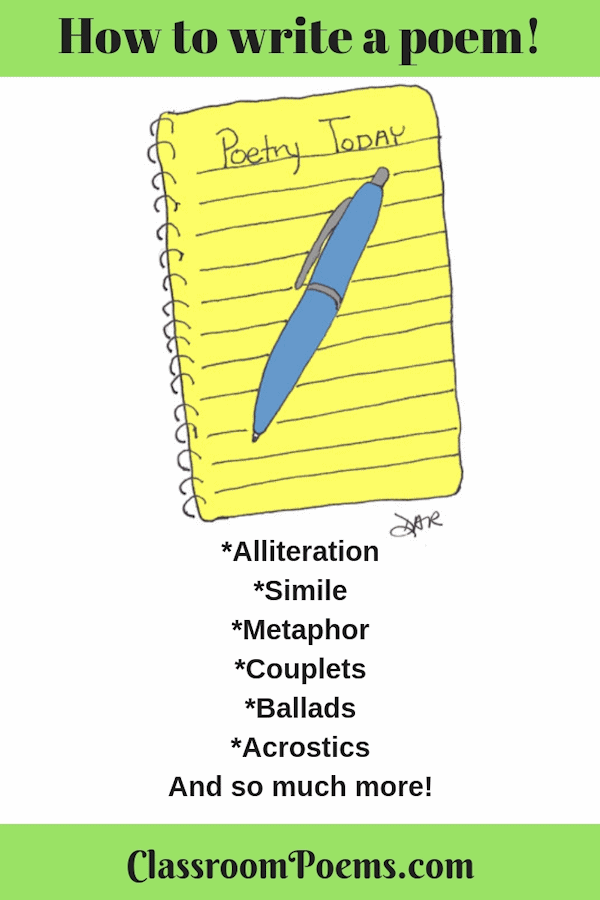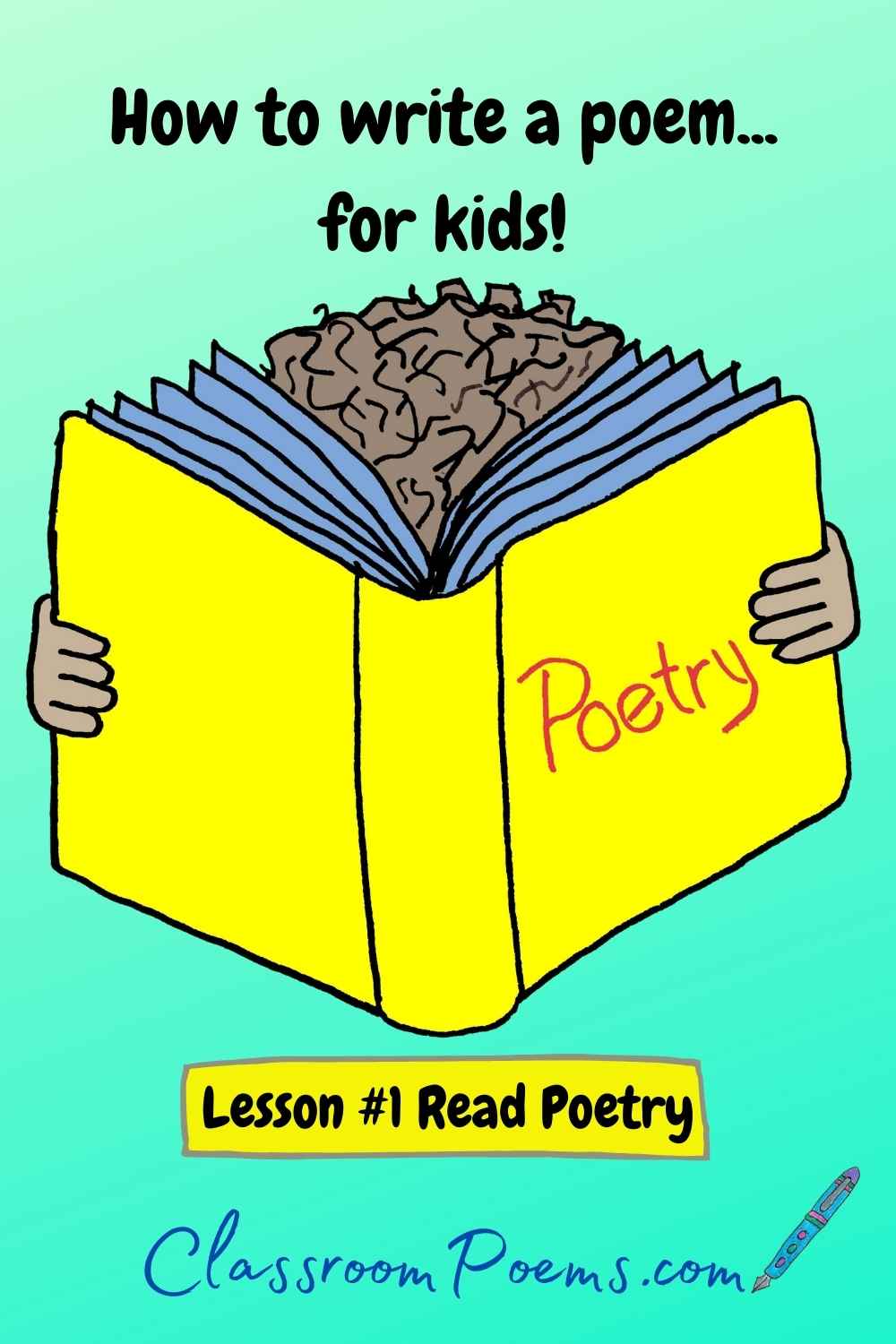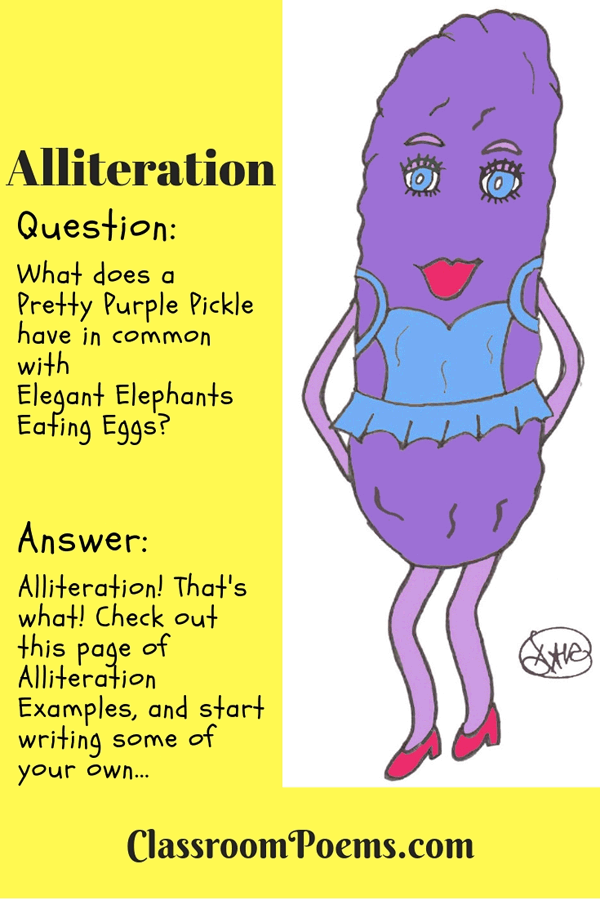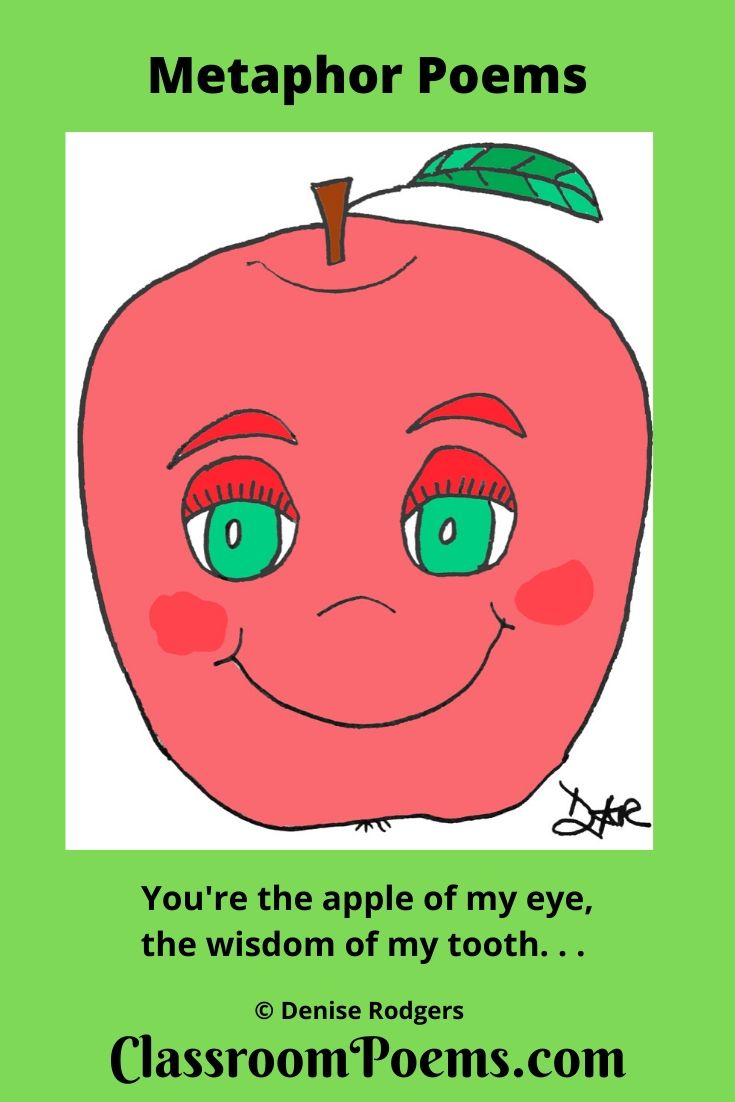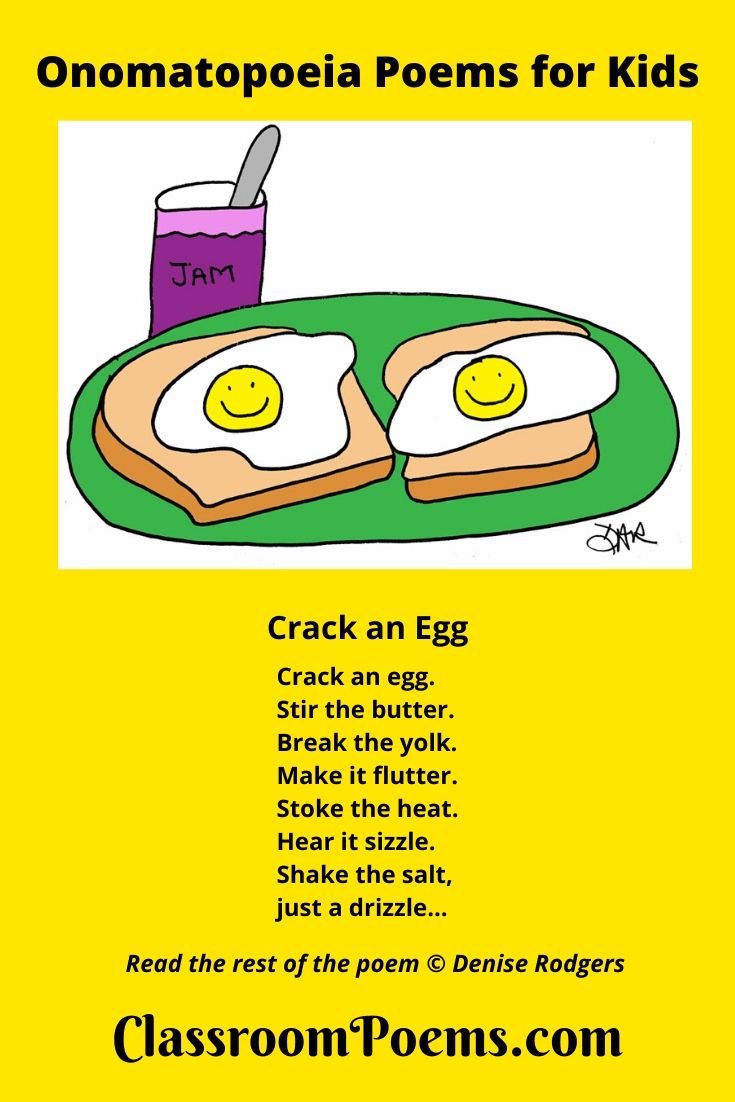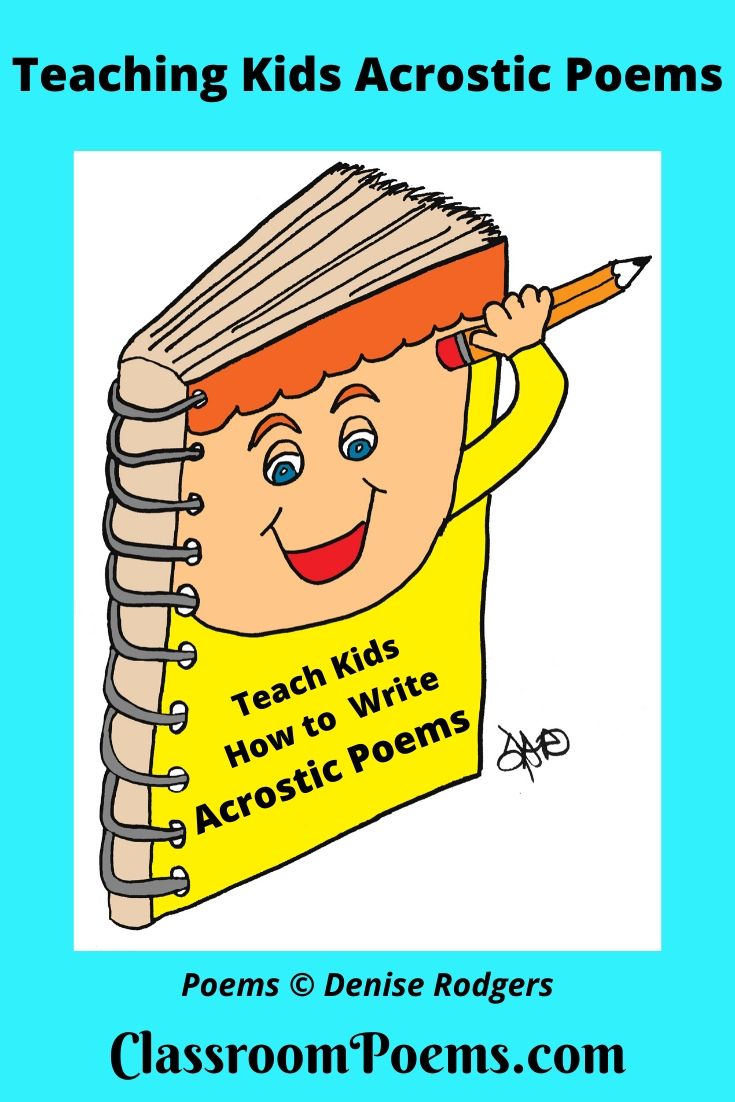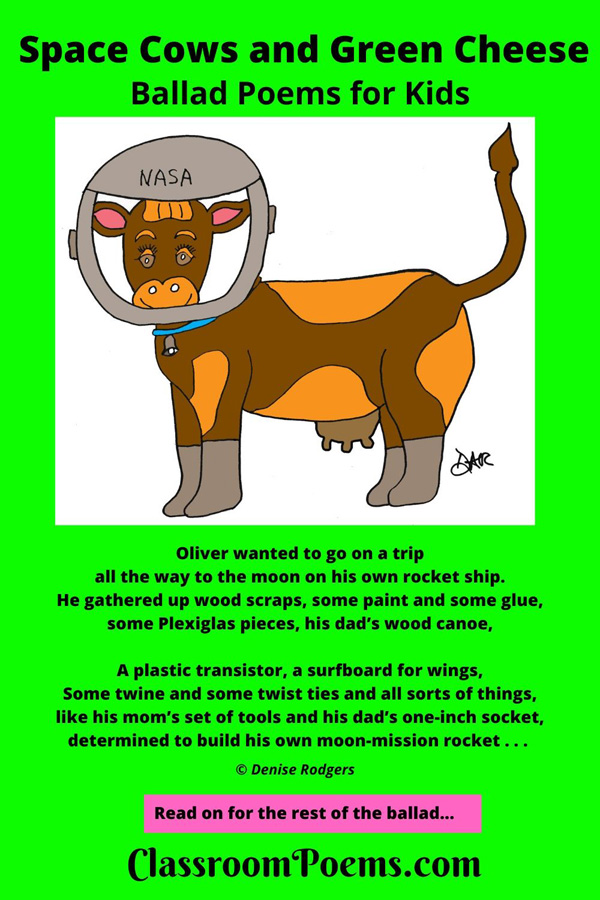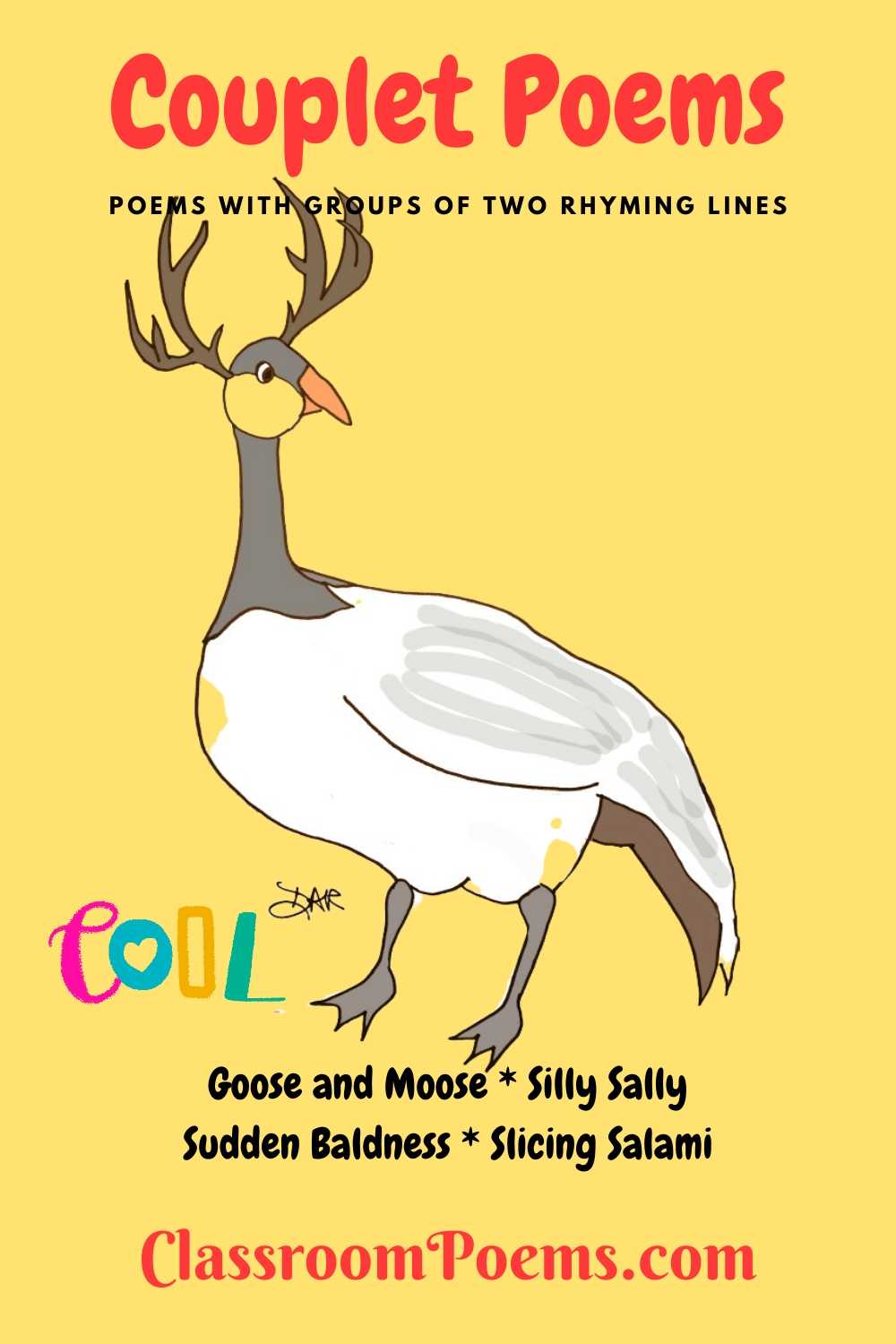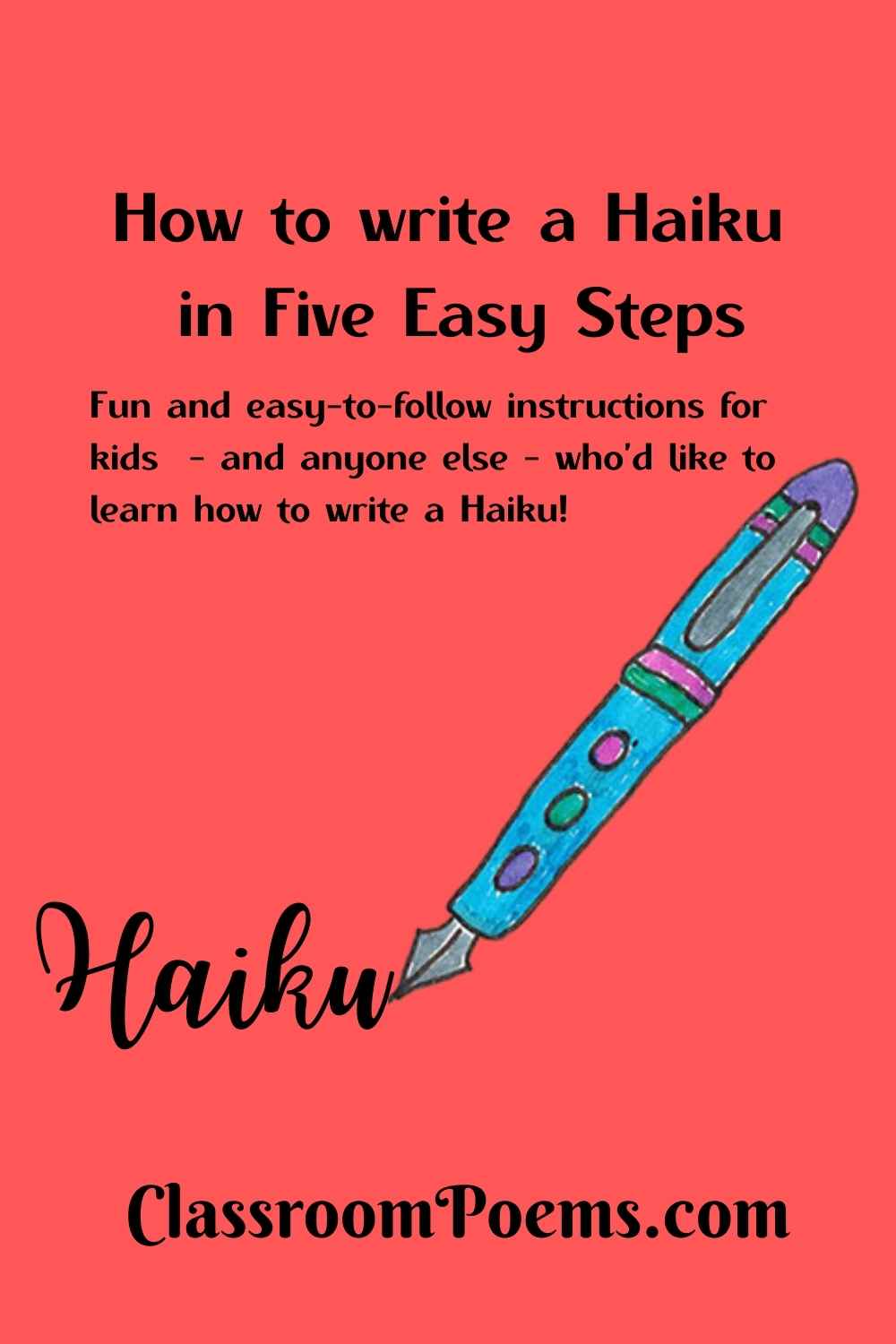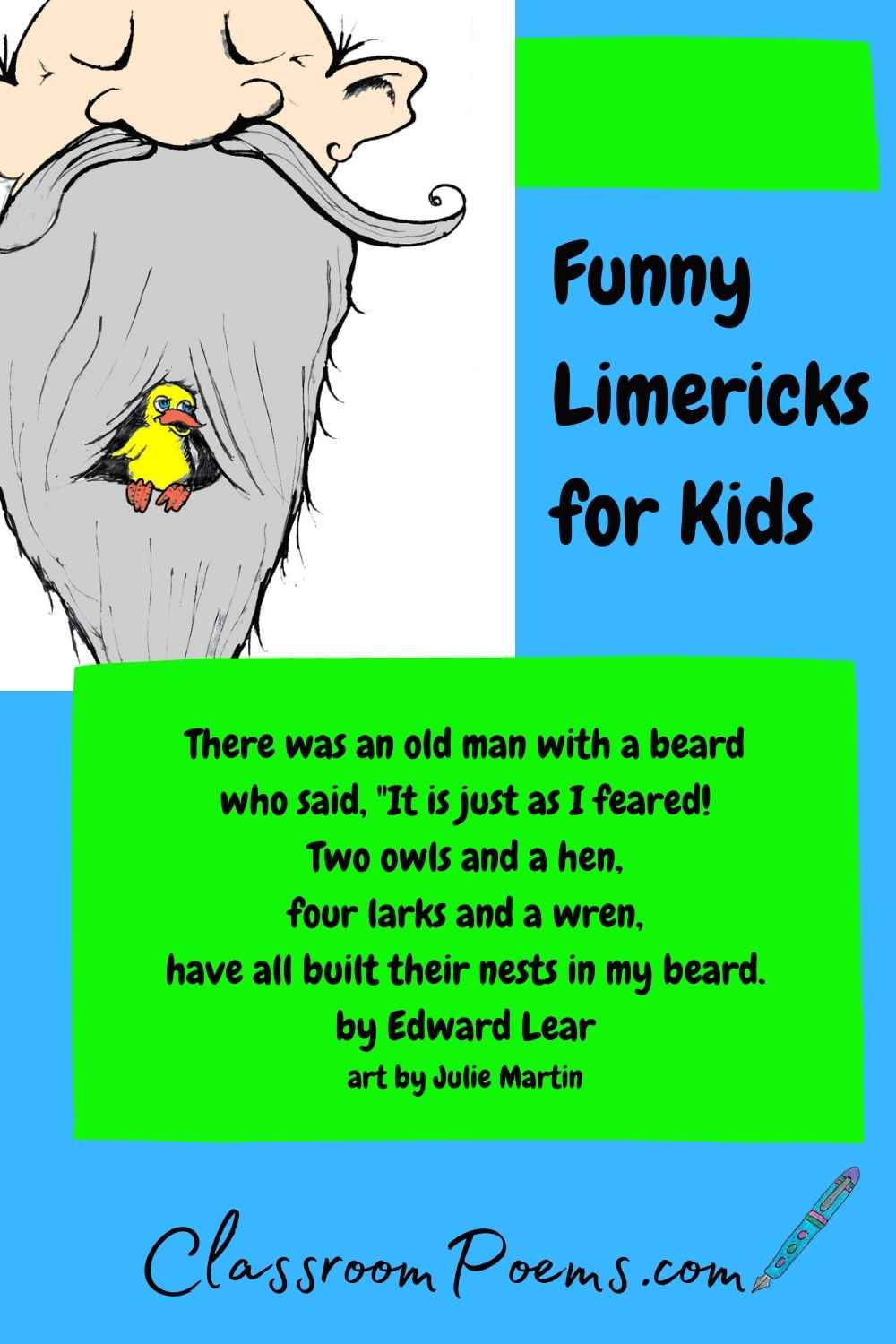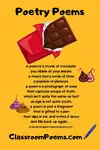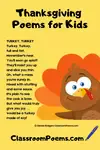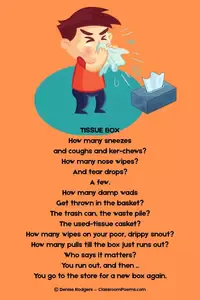How to Teach Poetry to Kids
Apparently, you've found this page because you'd like to learn how to teach poetry to kids. Good thing, Not only do I write poetry, I've conducted more than my fair share of Poetry Workshops. When I've been to schools as a visiting poet, my presentation included these simple instructions:
1. Read Poems
2. Write Poems
3. Edit Poems
4. Rinse and Repeat
Okay, so I didn't put in the rinse part. But you get what I mean. The first part of leaning anything new is to not get intimidated. Other people have done this. (Heck, I do this all the time!) So you can, too!
How to Teach Poetry
with step-by-step lessons
This is a page dedicated to step-by-step poetry lessons. If you want to learn how to write a poem -- or how to teach poetry writing -- chances are you should start keeping a journal. It doesn't have to be fancy. I prefer thick, lined spiral notebooks. My choice of pen is ever changing. But now and then I return to my original love of fountain pens.
Personally, I LOVE keeping a journal, writing down my ideas, and occasionally spotting a poem and writing it down. It's fun! So c'mon, join in. Go to my Poetry Lesson page and learn how to write poetry.
How to Teach Poetry Using Alliteration
Click the picture above to get to a page of alliteration examples. This is a great way to get your students playing with words without rhyming. While I love, love, love rhyme, it should not be the total focus of word play. (I'm thinking "fox, locks, box," and this just isn't the best way to start. Also, check out this page of alliterative poems and get your students to see the fun of word play.
How to Teach Poetry Using Similes
Is there an easier way to describe something than to compare it to something else? I don't think so. He was as pale as my Thanksgiving Turkey before I put it in the oven. There were so many posters in his room it looked like he tried wallpapering without glue. I'm so tired it's like I've been driving to Alaska and back in one day!
If you pay attention to all the examples above, you'll notice that not only is the subject compared to something to describe it, but the words "like" or "as" are used. Check out this page of Similes for more examples and instruction.
How to Teach Poetry Using Metaphors
Once you understand the Simile, it's easy to learn that Metaphors are similes without the "like" or "as." So instead of comparing, you get all poetic and say one thing actually IS another. (Aren't you proud of yourself; now you're learning how to be "poetic.") Here are a few examples: He had the face of a sly dog who'd eaten a few too many treats. Or...her house was a three ring circus, complete with a parade of brightly dressed animals and a child dangling from the bannister. (This is truthfully an accurate description of one friend's house, back when our kids did things like hang from bannisters.)
If you'd like more description and examples of Metaphors, they're here for the taking!
How to Teach Poetry Using Onomatopoeia
Onomatopoeia is the wordplay device or figure of speech that uses words that sound like the words they are describing. Like the "drip drop" of a leaky faucet or the "rush" of the waves. There are so many you and your students can come up with yourselves. Check out this page of examples.
How to Teach Poetry ~ Acrostic Poems
They're fun. They're easy. And they're very likely one of the first things teachers use when trying to teach kids how to write poetry.The name of the subject is part of the poem. If you haven't encountered these yet, please visit this page of Acrostic Poems. The examples on the page spice it up a bit by adding an additional rhyming line, making a couplet of each of the acrostic lines of the poem.
How to Write a Ballad
So you want to be a rock star? A country music star? Or a folk singer? A ballad is a rhyming poem that tells a story. Country Music is often a ballad put to song. We all love that because we love stories, we love rhyming, and music isn't all that bad, either. So check out this page of how to write a ballad poem.
How to Teach Poetry Writing ~ Sonnets
You can't utter the word, Sonnet, without thinking of William Shakespeare. Like Lear and the Limerick, Shakespeare popularized the Sonnet. I have a pretty cool poem on this page that tells how to write a sonnet, in sonnet form. It's been in textbooks. Check it out! There is also a second page of sonnets that will hopefully show you that this form can be contemporary. (We love Shakespeare, but we can keep writing them!)
How to Teach Poetry Writing ~ Couplets
Couplets are the glue that hold most rhyming poems together! They are two lines, each ending with a word that rhymes with the end of the other line. Several ballads (see above) are long stories made up of a series of couplets. Once you have the couplet down, you're on your way to writing some serious (or some seriously funny!) poems. Here is a page with information on how to write a couplet poem.
How to Teach Cinquain Poetry
A Cinquain is similar (but less well known) than a Haiku. It is composed of five lines. (Cinq means "five" in French, so we probably have the French to thank for this lively form of poetry.) Check out this page for some Cinquain instruction and some cute pictures of my dogs.
How to Teach Poetry ~ Haiku Poetry
We've all heard of Haiku, the Japanese form of poetry that is also very popular in the West. It's short and sweet, and while not necessarily easy to write well, you can make some decent attempts even your first time around. But don't stop there. Keep writing Haiku till you feel you're pretty good at it. For more information and examples, as well as rules for writing Haiku, read up on Haiku Poetry here.
How to Teach Poetry ~ Limericks
I'm truly an Edward Lear fan, as he was the man who popularized the Limerick, back in the 1800s when he was writing nonsense verse (see why I love him!), including Limericks. Limericks are as much about the rhythm as they are about the rhyme. Read my page of Limericks and Irish Limericks, and learn how to write these poems.
